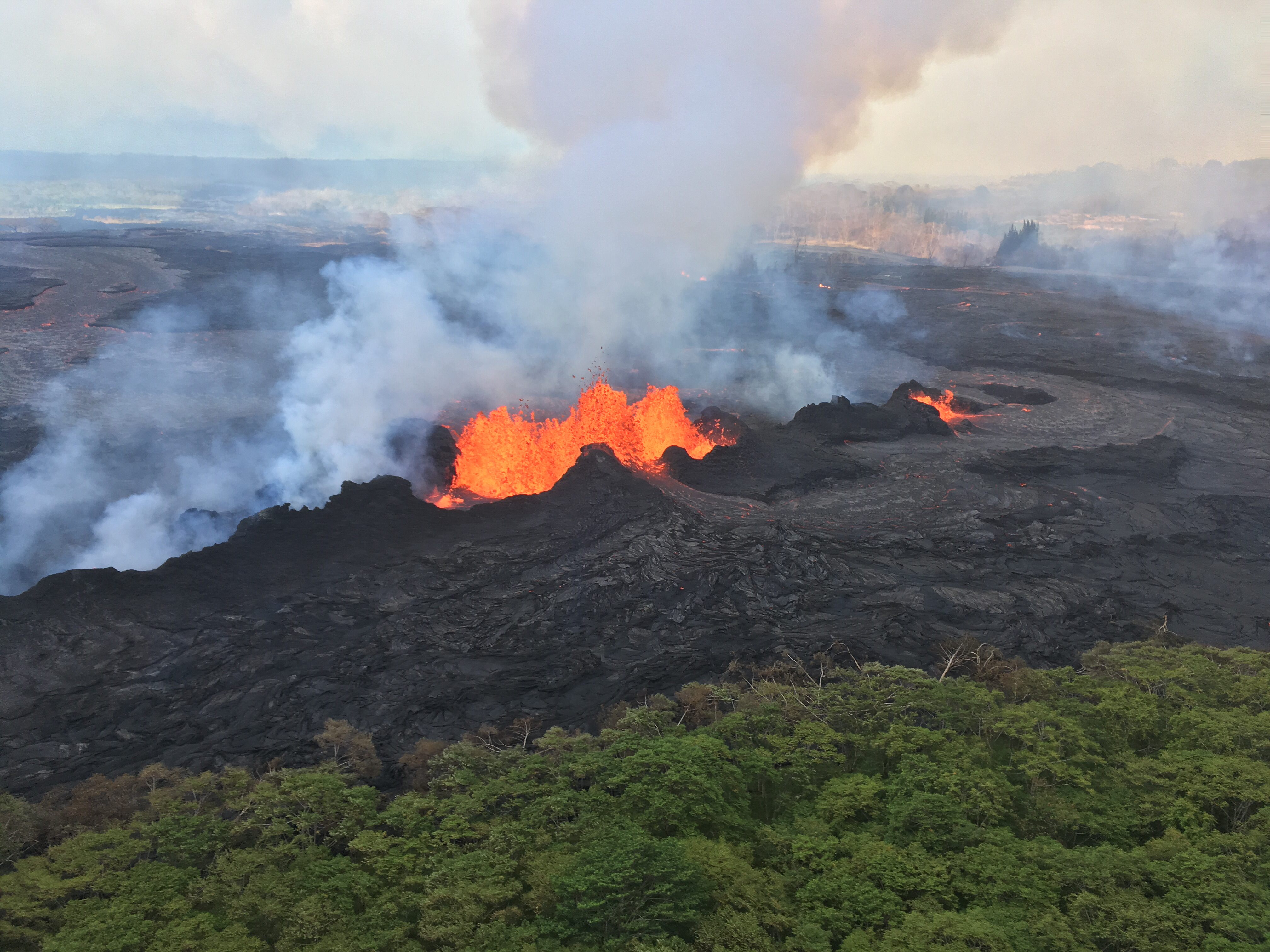A Popular Hiking Trail Just Reopened at Hawaiʻi Volcanoes National Park
In the wake of the massive Kīlauea eruption in 2018, staff have worked assiduously to repair the park’s infrastructure.

In the summer of 2018, Hawaiʻi’s Kīlauea volcano leaked lava for an unprecedented four months straight. This event was so significant (it reconfigured the state’s coastline, after all) that a geologist deemed it the most destructive U.S. volcano since Washington’s Mount St. Helens erupted in 1980. Beyond the more than 700 homes it destroyed and the new island it created, the powerful eruption also forced the closure of Hawaiʻi Volcanoes National Park. Now, just in time for National Park Week, the park has reopened one of its most popular trails, the Kīlauea Iki Trail.
This national park is located on Hawaiʻi’s Big Island, and surrounds two active volcanoes: Kīlauea itself and Mauna Loa. The latter’s summit is currently 56,000 feet above the sea floor, making it 27,000 feet taller than Mount Everest. Kīlauea’s volcanic activity last year eroded buildings and roads in Hawaiʻi Volcanoes National Park, including the Kīlauea Iki Trail, an important park pathway.
While staff has worked assiduously over the past year to restore the park’s infrastructure, they are still monitoring the fickle Kīlauea closely. As of March 26, the volcano has been marked normal, which means it is in a non-eruptive state. According to the national park’s site, visitors can now “park at Kīlauea Iki Overlook, and hike Crater Rim Trail towards the closed lava tube parking lot to pick up the trail.” This newly-repaired trail is a 2.4-mile journey—and that’s just one-way.
Those checking out the park are encouraged to visit the steam vents, sulphur banks, the Kīpukapuaulu (Bird Park), tree molds, and an ancient lava tube. Though the park reopened, partially, back in September, now is your chance to see the changed terrain of two volcanoes’ natural habitat.





Follow us on Twitter to get the latest on the world's hidden wonders.
Like us on Facebook to get the latest on the world's hidden wonders.
Follow us on Twitter Like us on Facebook